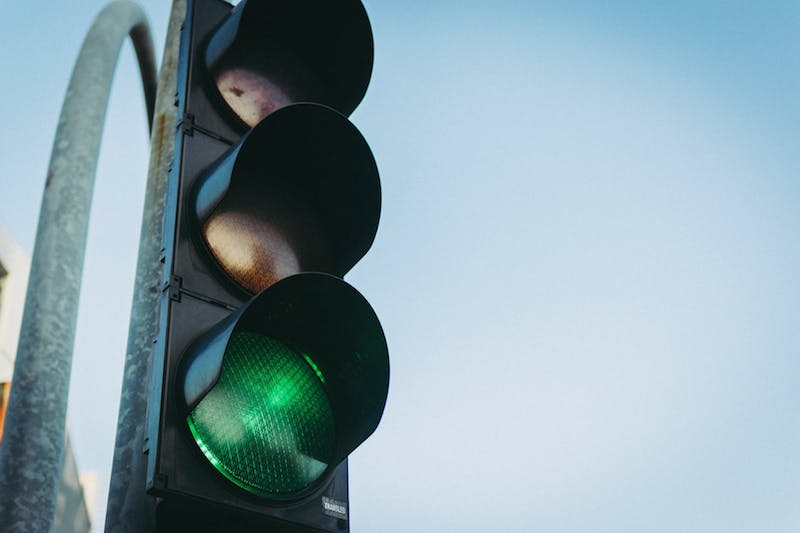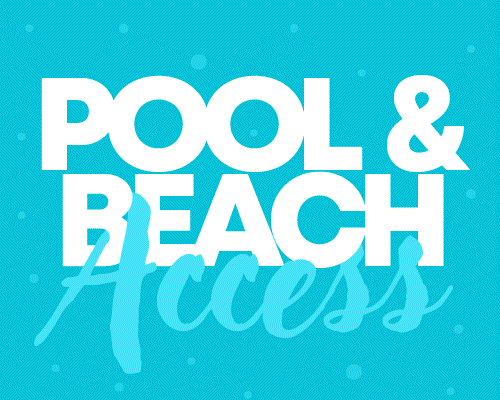Sharp Increase in Number of Motorcycle Delivery Riders with Serious Injuries in 2022
In the first quarter of 2022, the Hamad Trauma Center (HTC) already treated more than triple the number of motorcycle delivery drivers (MDD) with serious injuries due to road accidents compared to the same period in 2021.
The centre has provided care to 93 cases of motorcycle delivery drivers with serious injuries in the first quarter of 2022 compared to 29 cases during the same period in 2021. The Trauma Anesthesia Section of Hamad Medical Corporation (HMC) also observed a significant increase in the number of operations to address brain injuries, fractures and even amputations. In light of these unprecedented statistics on MDD injuries, the Hamad Injury Prevention Program (HIPP) of the HTC is issuing a renewed call to the general public to remind them that the safety of MDD is the collective responsibility of all road users in Qatar.
According to HIPP Director Dr Rafael Consunji, they are committed to preventing unnecessary injuries from affecting all members of the public in Qatar. HIPP is the community outreach arm of Hamad Trauma Center.
We need to remind the public that, as we continue to be more reliant on MDD for many necessities, we should also do our utmost to ensure that they are able to carry out their responsibilities safely.
Steady increase in MDD injuries
HIPP Assistant Director Dr Aisha Abeid said there has been a steady increase in the number of MDD who suffered moderate to severe injuries since 2019. However, since the start of this year, she said that they have seen over three times the number of serious MDD injuries compared to 2021.
If we allow this trend to continue, Dr Abeid said we will see a huge increase compared to pre-COVID statistics, which means that more than 360 MDD will suffer serious injuries this year.
MDD are one of the most vulnerable road users, they are not protected by a vehicle’s shell, and other drivers must pay full attention while sharing the road with them. She also reminded that they will continue their delivery activities within a busier environment, with more road users, as we settle into the new post-restriction road environment.
Safety reminders
Brigadier General Dr Mohammed Radhi Al-Hajri, Director of Traffic Awareness Department at the Ministry of Interior General Directorate of Traffic said they continue to work closely with their partners at Hamad Trauma Center to raise awareness about road safety and improve the safety of all road users in Qatar. He said that plans and strategies are currently being developed to protect the safety of the most vulnerable road users, including motorcyclists and pedestrians, especially with the increase in the number of crashes that lead to severe injuries.
Their safety recommendations for all drivers? Focus on eight main areas: distractions, sharing the road, impairment, blind spots, directions, stress, PPE and safer vehicles.
- Distracted drivers are the number one cause of motor vehicle crashes in Qatar. Put all mobile devices away or assign a passenger to make calls or check directions for you whenever you drive, there should be no exceptions. There is no safe way to text, call or surf online while driving, cycling or walking, don’t do it.
- Share the road responsibly and safely, do not crowd out or race with MDD. Most delivery motorcycles are relatively slower and underpowered so it will be best to pass them safely, on their left side, and not share a lane with them.
- Impaired drivers are dangerous to everyone who uses the road, especially MDD. We should not allow our friends, family and colleagues to drive while they are impaired. The most common causes of impairment are being too tired or sleepy and being under the influence of medications, drugs or alcohol. Medical conditions like epilepsy or strokes, can also lead to impairment. There are numerous safer alternatives to driving while impaired, like taxis or designated drivers. Use them instead of putting yourself and the public at risk.
- Be aware that a MDD could be in your vehicle’s blind spot so make sure to check your blind spot before you indicate your intention to change lanes or turn, by using your indicator light.
- Provide the MDD with clear directions to your location, to minimise sudden direction changes or consultation with maps. Make sure the drop-off point is a location that is away from other vehicles, safe for the MDD to park, clearly lit and easy to access.
- Avoid making unnecessary and repeated demands for a quick and speedy delivery. A stressed MDD is more likely to get lost, not find your location and get into a crash. Don’t turn your routine food delivery into an urgent ER visit for the MDD.
- For the MDD, their employers and colleagues, make sure that you use your complete PPE, i.e. helmet, gloves, shoes, full body high visibility suit and goggles, on every trip you make. Motorcycles are safest when they are seen, you must only operate your vehicles with your headlights on, even during daytime.
- Some companies have begun to convert all their delivery vehicles to cars, in order to better protect their drivers. It is encouraged that more companies follow their example.
HIPP assures the public that they will continue to monitor the safety of all residents in Qatar, through the Qatar National Trauma Registry, and make the necessary recommendations to educate them on the best safety practices.
Check out Marhaba’s FREE e-Guides for everything you need to know about Qatar.






